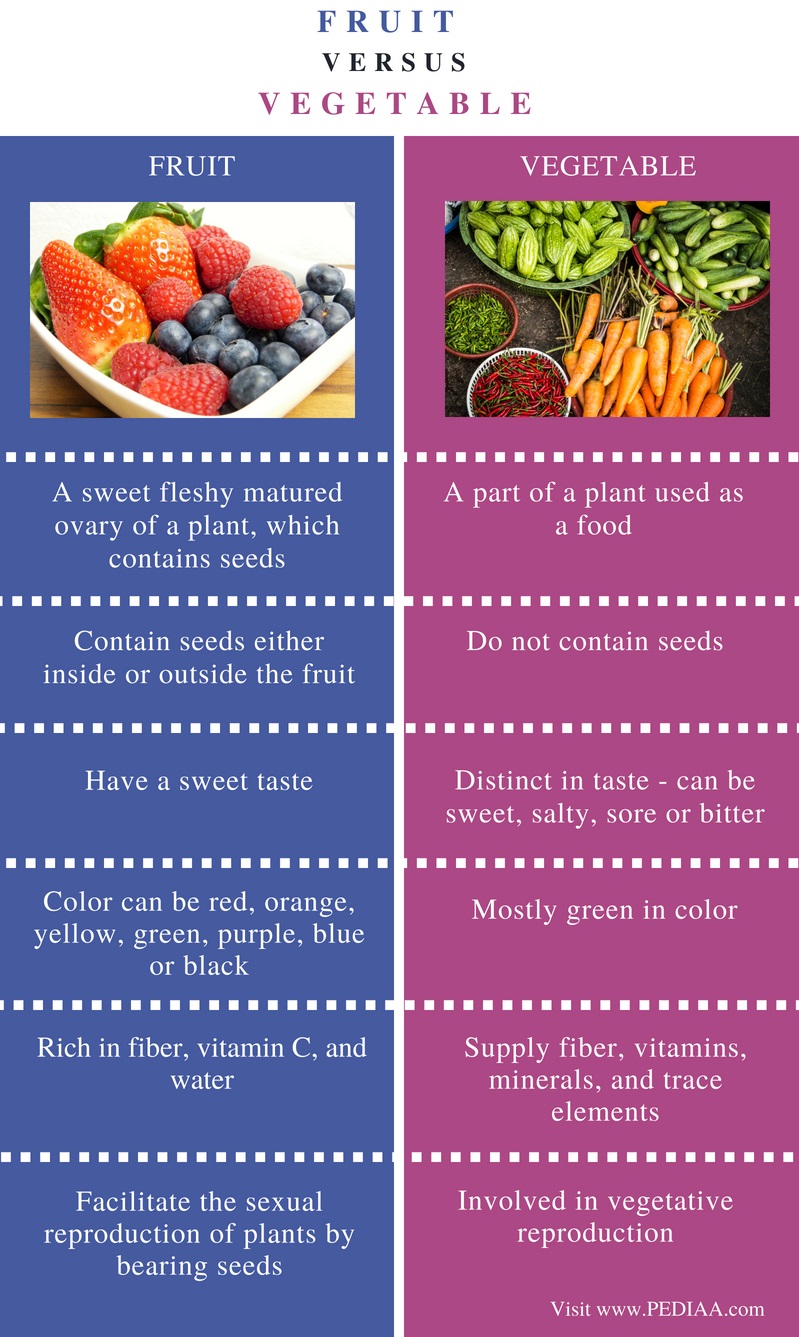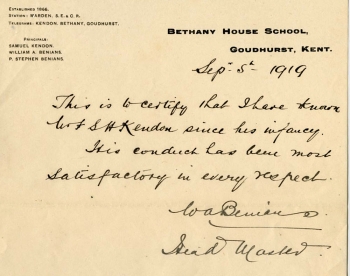The Poem of Ecstasy - Wikipedia.
Abstract. The piano works of the fascinating and enigmatic Alexander Scriabin have become an integral part of twentieth-century concert repertoire. A prolific composer, these works span his entire compositional life beginning from his adolescent years. Scriabin’s output consists of more than a hundred works for solo piano.Academia.edu is a platform for academics to share research papers.Erotic Discourse in Scriabin's Fourth Sonata Kenneth Smith UNIVERSITY OF DURHAM 1. Feeling that the drudgery of teaching work had stifled the talents of a creative genius, Scriabin left his post at the Moscow Conservatoire in 1903, devoting himself entirely to composition.
Scriabin made twenty-three recordings of his own compositions on the Hupfeld and Welte-Mignon reproducing pianos.3 Of these, nine have recently been acoustically recorded and released.4 Modern cri-tical reaction to these releases has been less than enthusiastic. Some commentators have even characterized Scriabin's performance as.Orthography in Scriabin’s Late Works. Music Analysis, Vol. 12, No. 1 (March, 1993), 47-69. In this article, scholar Cheong Wai-Ling gives us the analysis of Scriabin’s late sonata from different approach like scale, harmony, chord, motive etc. It will be a supportive resource for my studying and analysis of Scriabin’s performance analysis.

The Eighth Sonata, the longest of Scriabin’s one-movement sonatas, was the last of the cycle of ten to be finished. It differs greatly from the other late sonatas in its extensive, apparently discursive form and generally more subdued expressive register, yet it has always fascinated players and listeners.











